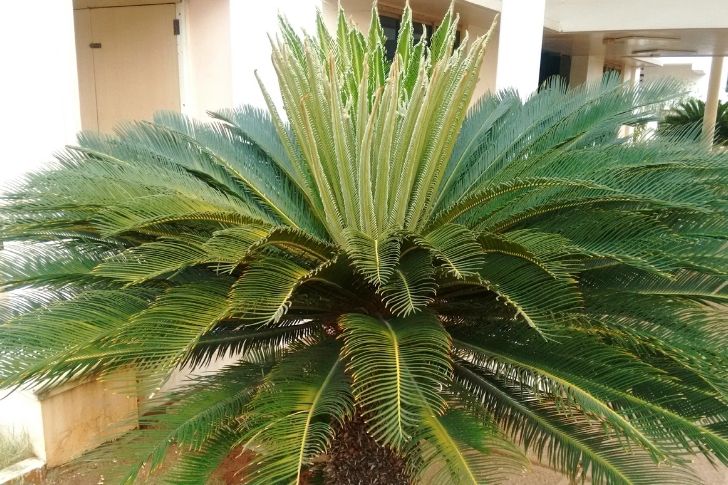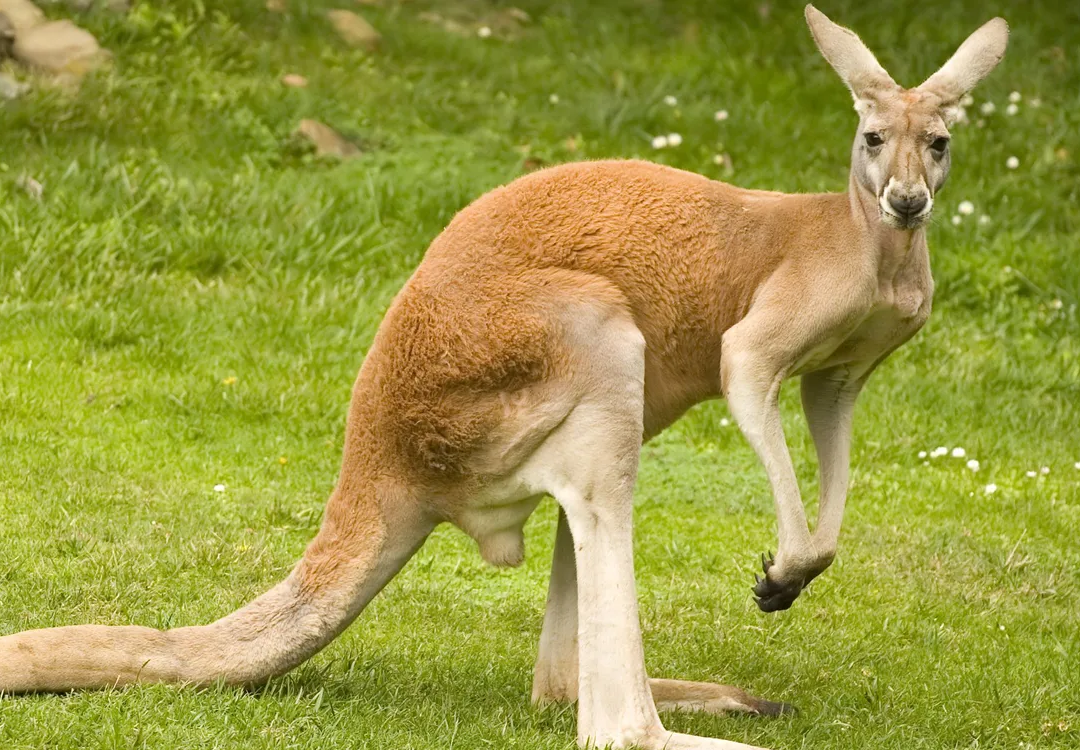Inland Taipan

The tremendously venomous inland taipan is native to central east Australia. Its color is dark tan and ranges from a rich, dark shade to a brownish light-green— all depends on the season. The snake’s back, tail, and sides may sometimes come in various shades of grey and brown.
Inland taipans reside in the semi-dry regions where the Queensland and South Australia borders meet. These animals are at their most active during the morning and also enjoy spending their time lying around the sun, and scavenging. Inland taipans can also be spotted during the afternoon in cooler temperatures. These creatures mostly live in remote locations so they rarely interact with people. Nonetheless, travel insurance is still important when visiting new places.
Kangaroo Paws

The kangaroo paws’ unique color and shape are the reasons why this plant is of export quality. At present, they are being commercially-grown in various places such as Israel, Japan, and the USA. These plants naturally occur in the southwest of Western Australia. They can be found growing in various soil types and habitats. Its fine colored hairs give the plant a degree of color. The kangaroo paws’ flowers are pollinated by birds and the stalks also serve as a perch for birds. The flowers’ shape helps pollen to be deposited on feeding birds’ heads. As the birds feed, the pollen is transported from flower to flower. There are 11 known species of this plant but each type of specie transfers pollen differently.
Goana

The goanna is a monitor lizard closely related to the Komodo dragon. It is among the biggest lizards on the planet. This reptile can span 4.6 feet long and can weigh 13 pounds. Its body is covered with scales and depending on where it lives, can be black, brown, and green in color. They reside in Northern and Eastern parts of Australia and like open grasslands, woodlands, and watery areas like swamps.
Call your environmental lawyer since these animals frequently experience habitat loss. Fortunately, they are not considered endangered. Like snakes, their lengthy, forked tongues are used for prey detection. Flicking their tongue gathers scent molecules in the air to help identify prey. They are carnivorous and feed on other lizards, eggs, birds, and insects.
Cyads

Cyads belong to an ancient species of vascular plants that were once an important part of the Earth’s plant life. Back in the Jurassic period, these plants were very common. Presently, they are only found in tropical and subtropical areas and are not a dominant plant type anymore. Since the Jurassic era, these plants have not undergone evolutionary changes. Most of the species of cyads occur in diverse hotspots like Australia, Mexico, China, Vietnam, and South Africa.
They dwell in various habitats, from wet rainforests to semi-desert climates, grasslands, and seasonally dry forests. They thrive in rich organic soil, rock, sand, and even in swampy or salty soils. It really feels like you’re receiving a history degree just learning about it!
Tiger Quoll

Tiger quolls mostly dwell in Tasmania and mainland Australia. These creatures live in various types of habitat, though most of them prefer rainforests, creeks, closed Eucalyptus forests, and river forests. Females are their home security system as they sternly defend their homes against intruders. Tiger quolls are nocturnal and spend the daytime resting in the underground hollows that also double as a den for them. However, they are also known to come out of their dens to go sunbathing or foraging during the day. These silent critters communicate with vocalizing sounds. Mothers communicate with their young by using a unique clucking call, which the offspring respond to. They can also emit growls and high-pitched sounds in the face of danger.
Banksia

Banksia is a type of flowering plant that is a member of the protea family. There are approximately 170 species of banksias and most originate from Australia and New Guinea. It can be seen in woodlands, scrubland, forests, and heath lands. Most of its kind thrive on gravelly or sandy soil, or in wet spots. Some of its species grow fern-like leaves while others develop huge, narrow leaves with coarse edges.
They also produce elongated, cone-shaped spikes comprised of numerous flowers. It is known to be rich in nectar, which is what attracts various creatures like bats, rats, birds, bees, and birds. These forest creatures get credit for this plant’s pollination process. You can enroll in an online class to know more about this majestic plant.
Thorny Devil

The Thorny Devil is a tiny lizard found in Australia. It is also known as the mountain devil, thorny devil, thorny lizard, thorny dragon, and moloch. This lizard lives in dry scrub lands and deserts that cover a vast part of central Australia. Its average size spans between 5.9 and 9-inches in length and its weight is around 2.5 and 3.4 ounces.
The top part of its body is surrounded by scales and spikes that aid in defending it from predators. It also has a “false head”, which it uses as a decoy for predators while hiding its real head—mother nature’s own form of insurance. These creatures can be spotted in the sand ridge and sand plain desert in both the continent’s deep interiors.
Elkhorn

The elkhorn fern is a huge plant that grows on other plants and rocks instead of soil. They consist of two different types of leaves, which are either fertile or infertile. The fertile leaves are 30 to 35 inches long and warm green in color with a silver-green felt on the underside. The fertile leaves are green, which eventually turn brown and die when it’s time to mature.
The dull, old fronds serve as support for the plant. The elkhorn leaves are fork-shaped and resemble a stag horn—as the name suggests. This particular species is a tough type of plant and mostly occurs in Northern Queensland to southern New South Wales. If you’re able to maintain this plant at home, we give you credit!
Fan flowers

Fan flowers are mostly shrub and herb plants that are native to New Guinea and Australia. Its Latin name translates to “left-handed” since it blooms on only one side. These tolerant, resilient plants are great for hanging baskets, containers, and rockeries. Gardeners will love how easy it is to maintain this non-stop bloomer. It comes in a variety of shapes and colors since the plant has been already hybridized.
The plants grow up to 8 to 10 inches tall and span up to 24 inches wide. During the summer, the blooms start showing and turn out fan-shaped. Usually, they come out as blue but oftentimes they grow as pink and white as well. You don’t need a finance degree to appreciate how priceless fan flowers can be.
Mat-rush

Lomandra is known to be pleasant for wet and dry landscapes. This native Australian grass is often called as spiny-head mat-rush or basket grass. This plant’s growing conditions can change from sandy to moist in mountains, forests, swamps, creek banks, and wide hillsides. Aborigines traditionally used this plant to make various items, including baskets, and nets. A certain species of the Lomandra plant also used as a food source.
There are about 10 varieties of the Lomandra grass around for sale. Taking care of this plant is fairly easy since it has minimal problems relating to insects or disease. Most of these varieties thrive in different temperatures. Its color may change a degree depending on the amount of sunlight exposure too.

